What Limits the Growth of Cyanobacteria?
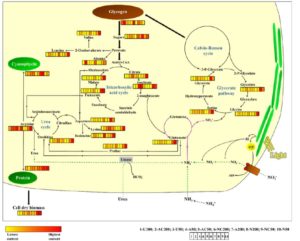 The commercialization of cyanobacteria-based biomass and biomolecules requires optimization for sustainable economic viability. Many studies identified growth-limiting factors in the model cyanobacterium Synechocystis (e.g. nutrients and light). Understanding the factors controlling the limitation of Synechocystis growth would facilitate the use of this strain as a cell factory for the production of biomass, pigments, secondary metabolite natural products, biofuel, and other high-value compounds. Esteves-Ferreira et al. () have investigated the growth and metabolism of Synechocystis under different nitrogen sources, light intensities, and CO2 concentrations. Cells grown on urea showed the highest growth rates. Under all the conditions tested, however, the daily growth rates in batch cultures decreased steadily over time, and the stationary phase showed similar cell densities. After 4 d of culture, growth was inhibited for all conditions tested, and this inhibition was not related to a metabolic limitation or the availability of photoassimilates. Further physiological investigations indicated that nutrient limitation, quorum sensing, light quality, and light intensity (self-shading) are not the main factors responsible for the decrease in the growth rate and the onset of the stationary phase. Cell division rates in fed-batch cultures, however, were positively correlated with dilution rates. Based on these observations, the authors hypothesize that Synechocystis may be able to sense the gradual increase of cell density occurring in batch cultures via cell-cell interaction, leading to the gradual decrease of division rate until the onset of stationary phase.
The commercialization of cyanobacteria-based biomass and biomolecules requires optimization for sustainable economic viability. Many studies identified growth-limiting factors in the model cyanobacterium Synechocystis (e.g. nutrients and light). Understanding the factors controlling the limitation of Synechocystis growth would facilitate the use of this strain as a cell factory for the production of biomass, pigments, secondary metabolite natural products, biofuel, and other high-value compounds. Esteves-Ferreira et al. () have investigated the growth and metabolism of Synechocystis under different nitrogen sources, light intensities, and CO2 concentrations. Cells grown on urea showed the highest growth rates. Under all the conditions tested, however, the daily growth rates in batch cultures decreased steadily over time, and the stationary phase showed similar cell densities. After 4 d of culture, growth was inhibited for all conditions tested, and this inhibition was not related to a metabolic limitation or the availability of photoassimilates. Further physiological investigations indicated that nutrient limitation, quorum sensing, light quality, and light intensity (self-shading) are not the main factors responsible for the decrease in the growth rate and the onset of the stationary phase. Cell division rates in fed-batch cultures, however, were positively correlated with dilution rates. Based on these observations, the authors hypothesize that Synechocystis may be able to sense the gradual increase of cell density occurring in batch cultures via cell-cell interaction, leading to the gradual decrease of division rate until the onset of stationary phase.


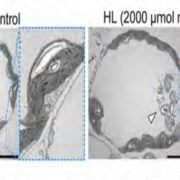
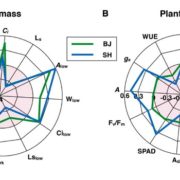
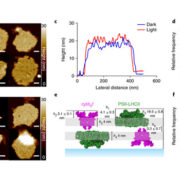

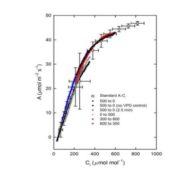



Leave a Reply
Want to join the discussion?Feel free to contribute!